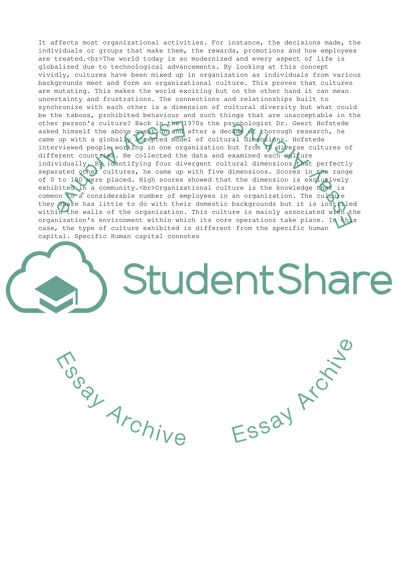Cite this document
(Hofstedes Cultural Dimensions in Organizations Essay Example | Topics and Well Written Essays - 2750 words, n.d.)
Hofstedes Cultural Dimensions in Organizations Essay Example | Topics and Well Written Essays - 2750 words. https://studentshare.org/management/1850889-management-theories-and-philosophies-2
Hofstedes Cultural Dimensions in Organizations Essay Example | Topics and Well Written Essays - 2750 words. https://studentshare.org/management/1850889-management-theories-and-philosophies-2
(Hofstedes Cultural Dimensions in Organizations Essay Example | Topics and Well Written Essays - 2750 Words)
Hofstedes Cultural Dimensions in Organizations Essay Example | Topics and Well Written Essays - 2750 Words. https://studentshare.org/management/1850889-management-theories-and-philosophies-2.
Hofstedes Cultural Dimensions in Organizations Essay Example | Topics and Well Written Essays - 2750 Words. https://studentshare.org/management/1850889-management-theories-and-philosophies-2.
“Hofstedes Cultural Dimensions in Organizations Essay Example | Topics and Well Written Essays - 2750 Words”. https://studentshare.org/management/1850889-management-theories-and-philosophies-2.


